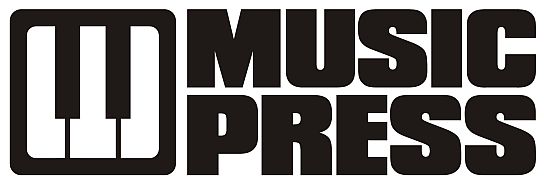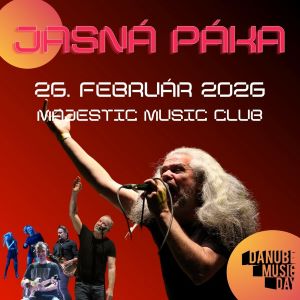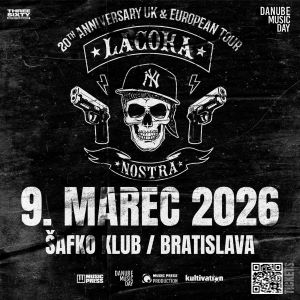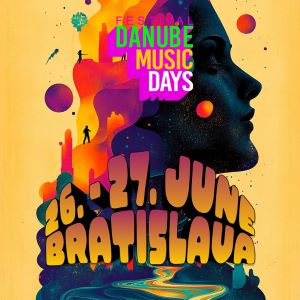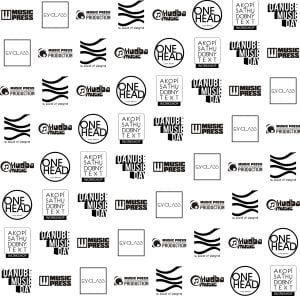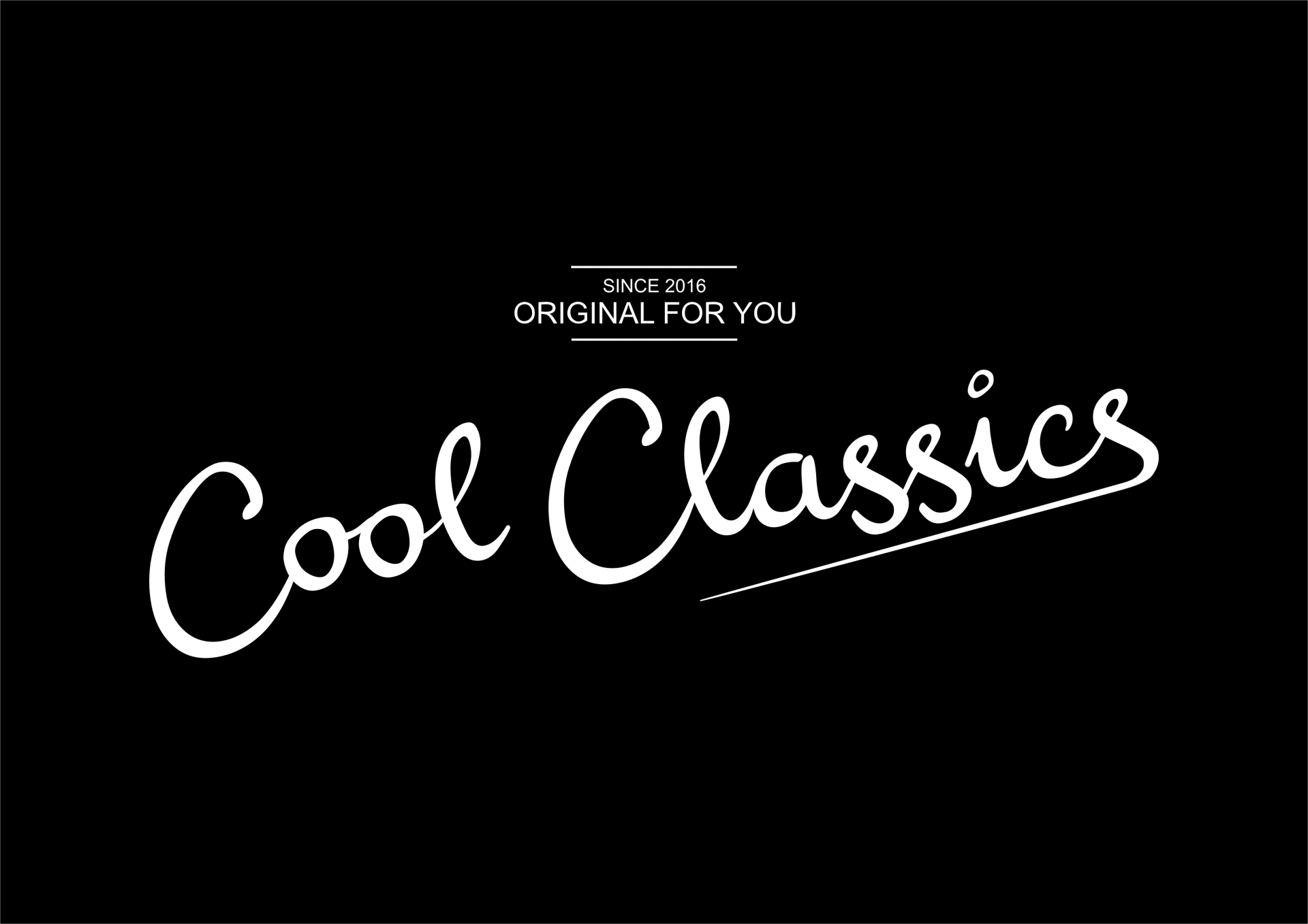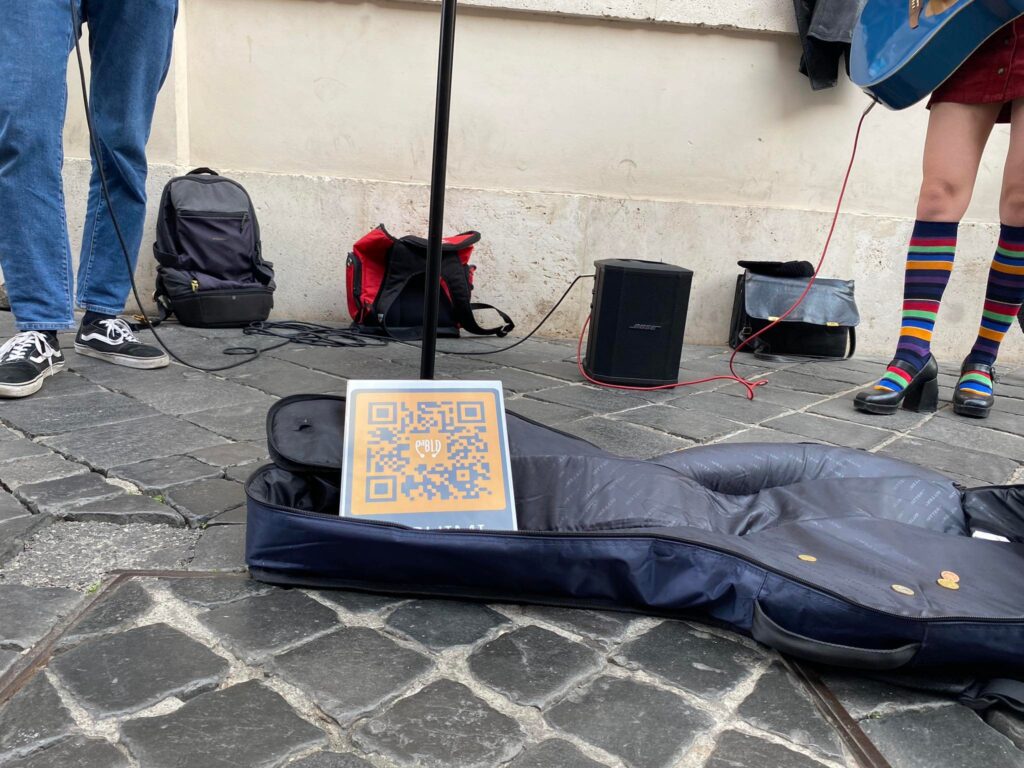
The worldwide development in technology does not avoid street artists. This trend is most visible in important cities for busking such as Rome and Vienna.
There have been various studies of contemporary street music and busking carried out in recent years. Young world-renowned busking researchers, Nick Wees and Ryan Simpson, both collected data directly on the streets of a city and became street musicians themselves. Martina Hanáková, David Ostružár, and Běla Čápová conducted ethnological research on the topic of busking in the Czech Republic and Slovakia.
This research was focused on the theory and the history of busking. Moreover, these researchers did not become street musicians, in contrast to Nick Wees and Ryan Simpson. However, none of the researchers mention modern technology and social networks, which are associated with modern busking.
In addition to popular hits, street musicians also follow the development of technology. Amplifiers and batteries appeared more than thirty years ago, and new, lighter, more sophisticated and long-lasting ones are still being added to use. Busking is moving forward into the virtual world. Many of you have filmed or photographed a street musician while visiting a city. Nowadays, it is fashionable to share such an experience on your story and thus unknowingly promote street musicians through your content on social networks.
An artist who has an account on Instagram or Tik Tok can effectively present their art outside of the performance itself on the street. However, in the huge amount of content, even an amazing show can get lost and will not exceed the emotional power of a face-to-face performance on the street.
The most successful busker with almost two million followers on Instagram is only seventeen-year-old Allie Sherlock. As a representative of the new generation, she perfectly controls all the available tools of the online space. To promote and spread her content, she uses her own YouTube channel, Spotify, APPLE MUSIC, Instagram, Patreon, Tik Tok, Facebook. It complements with the pay platforms as the possibility to send money via Tip with PayPal and Tips JAR.
She streams her street performances online and also announces the place and time of her performance in advance. She has been performing on the street since 2016 and has released two albums so far, and she makes no secret of the fact that she would like to build a career on the street.
It is also a reality of today that most people no longer carry cash, but only credit and debit cards, which makes it impossible for the audience to support the artist financially. There are two modern ways a street artist can make more profits. The first is a cryptocurrency QR code and cryptocurrency wallet address in currencies such as Bitcoin, Ethereum, Litecoin, PIVX or through PayPal.
QR codes have been in use for over a decade, but it is only in the last two to three years that they have been spread between buskers. On average, every fourth musician on the street in Rome uses them, and they are often found printed on paper next to their hat or in an open instrument case.
Online marketing and payments bring many benefits. The first is the possibility to collect data about your fans – who scan the QR code, but also to present your production and recordings on your own website, YouTube channel, Instagram, Tik Tok and other social networks. The second practical advantage is to eliminate the problem of changing coins.
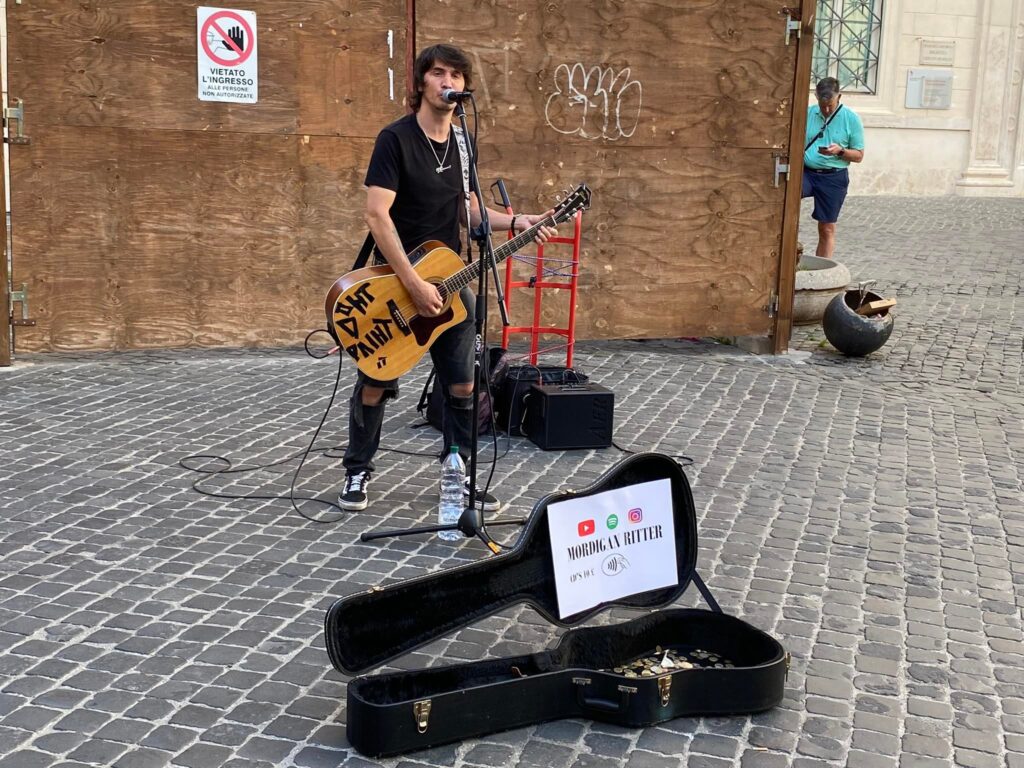
Based on interviews with musicians, electronic payments are rarely used by the audience. Thanks to QR codes or a nickname, they can follow the musician on social media. An important finding in our research was that even fans are afraid to scan the QR code in order not to hide the artist.
Instead of a QR code, they prefer a nickname that can be read from a distance, so that they can search for the artist on social media. In addition to QR codes, social networks, and online payments, there is also an application that connects artists.
The Trustroots app supports the mobility of street artists. Unlike CouchSurfing or Hospitality Club, this application is free and contains circles that the user can join. Among bikers, hikers, nomads, cyclists, we can find circles of musicians, artists, buskers and many others.
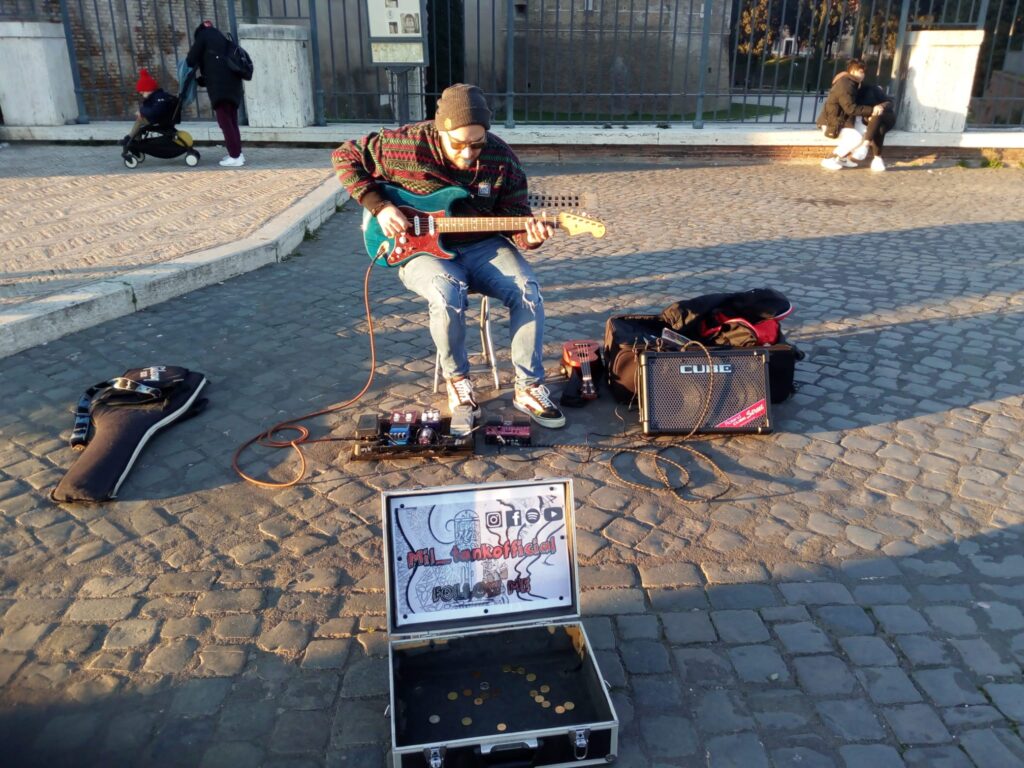
Thanks to the Trustroots application, street artists can expand their contacts with other colleagues with the possibility of free accommodation. In addition to the offer of accommodation, a chat with the host is also available. Valuable information about busking in the city of interest can be obtained even without personal presence. In Rome, during my research, I met only two musicians who use this app. The rest paid for accommodation and were not at all interested in the busker community.
In addition to beautifying our cities, buskers certainly also enrich the virtual space. Besides aesthetic bonus for society, the viewer can follow his favorite musician and possibly support him remotely.
The author is a musicologist and opera singer. His research is primarily focused on street music. His home university is the Comenius University in Bratislava – during his studies he completed study stays at the University of Sapienaza Rome (Italy), UMass Boston (USA).

